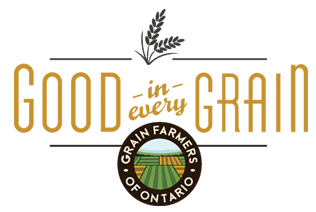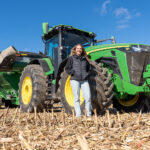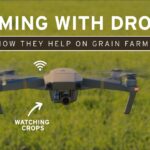What’s Growing ON in the field: Fall
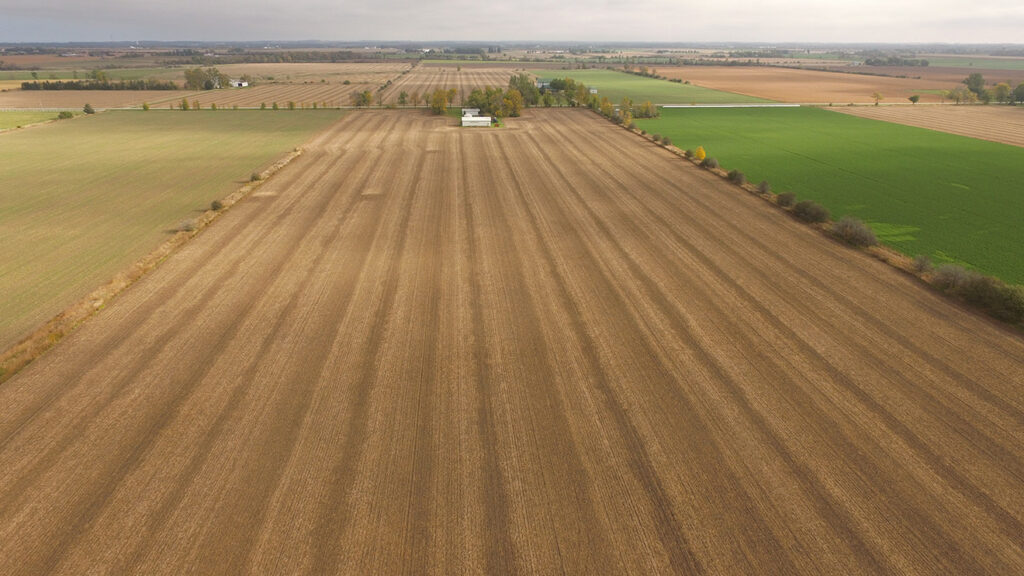
It’s harvest season across Ontario! Earlier this summer we shared a high-level overview of what Ontario grains look like in the field during the summer months. Summer is peak growing season for Ontario grains, and the fields will go through a lot of changes during the summer, so the plants are growing (and changing their appearance) fast during this time of year.
Now that fall weather is settling in, lets take a look at what the grains may have looked like the past few weeks, and what to expect to see in fields.
ICYMI, Ontario’s grain farmers will plant different things on their farm – no farm is the same! So, the way grains are planted, where the farms are in their yearly crop rotations, if they are growing things other than barley, corn, oats, soybeans and wheat, and even what type of the specific grain they are growing (Farmers will plant varieties of grain types depending on their soil type and goals of growing that crop. So, two neighbouring farms may both plant wheat at the same time, but if they each chose a different variety of wheat, they plant growing in the field may look slightly different) can all impact how to visually understand what is growing in the fields. This is something we see in the summer when everything is growing, and is especially visible in the fall as farmers have harvested or prepare to harvest their fields.
Barley
Barley is generally harvested in the late summer months. This time of year, the barley fields may look very different. Fields may be fully harvested with only the “stubble” left in the fields. Stubble is the bottom parts of the plants and roots underground, that are often left in the soil to decompose after harvest. Some farmers may have also planted a cover crop shortly after barley harvest, so you could see green rows of alfalfa, clover, radish or even rye growing. Other farms may have needed to do some tillage, so the fields may have been turned over with soil visible in between the barely stubble.
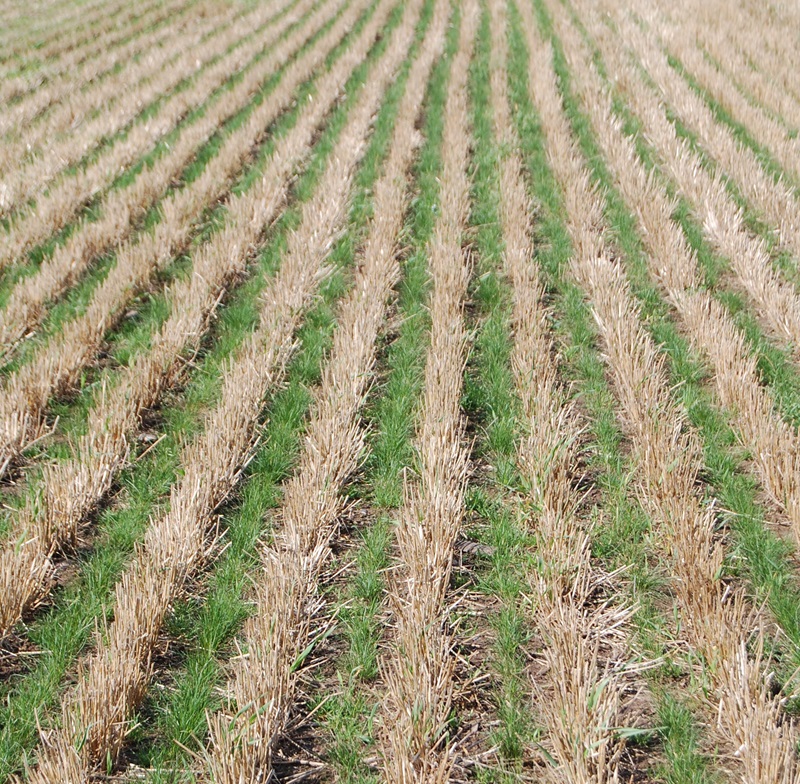
Corn
Fall is the season where grain corn matures and will start to be harvested. Corn stalks and leaves will turn from a green colour to a golden, brown colour. This is a natural process that indicated the plant is full grown and “shutting down” or drying out ahead of harvest.
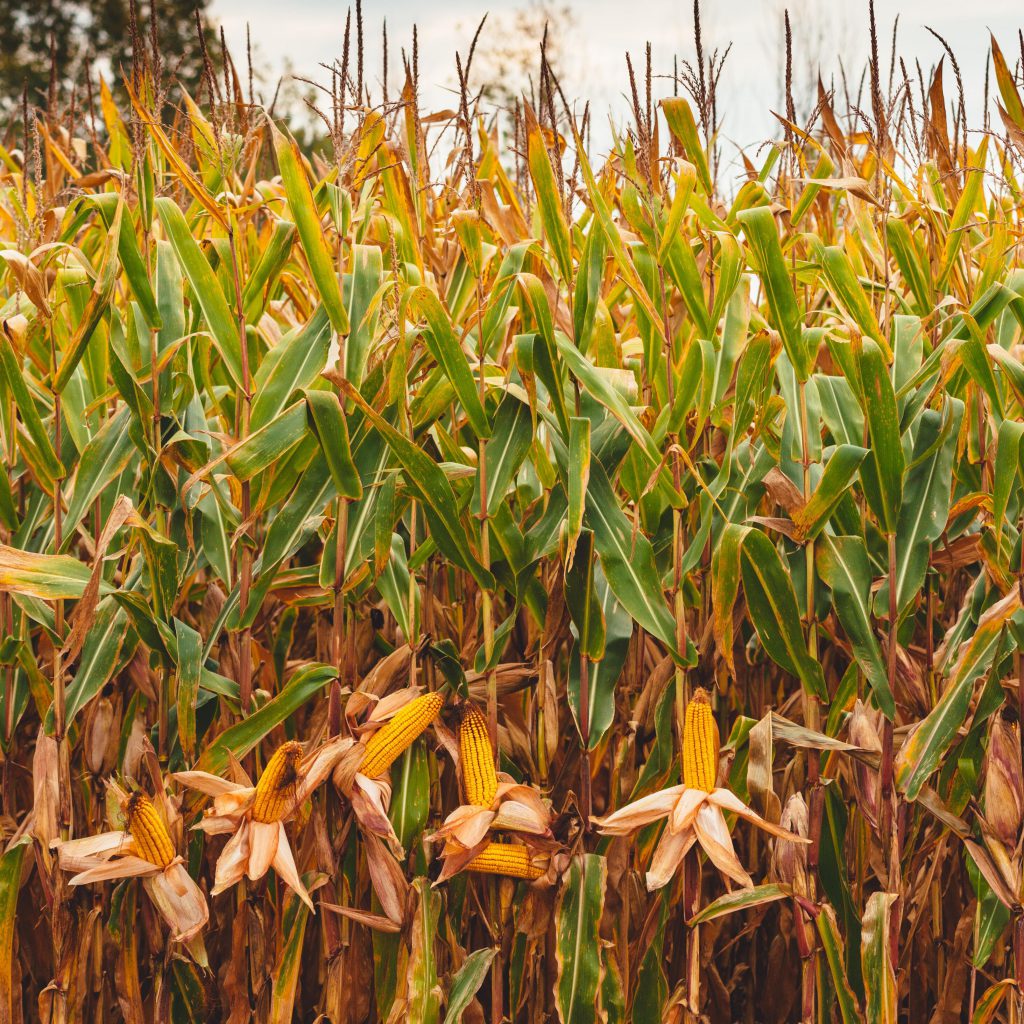
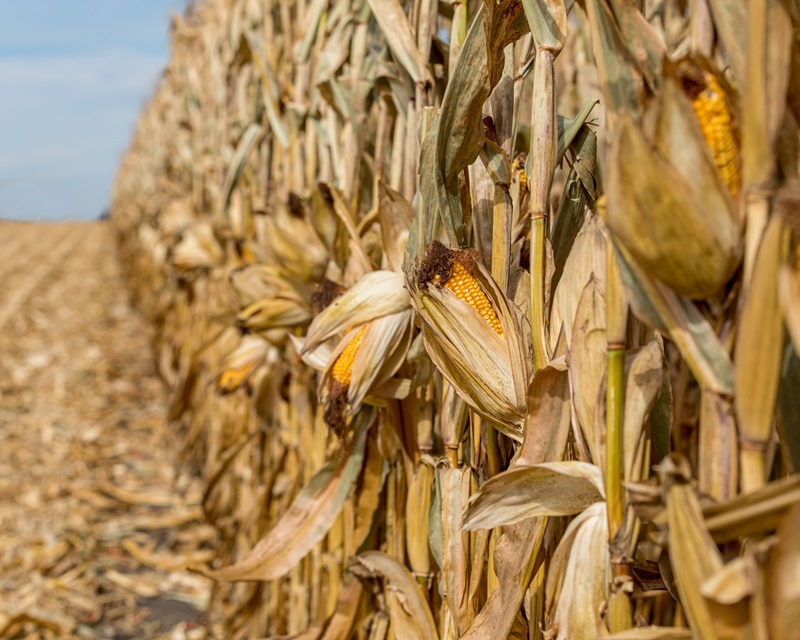
Oats
Oats are also generally harvested in the last summer months. Like barley, oats fields may be fully harvested with only the “stubble” left in the fields. Stubble is the bottom parts of the plants and roots underground, that are often left in the soil to decompose after harvest. Some farmers may have also planted a cover crop shortly after harvest, so you could see green rows of alfalfa, clover, radish or even rye growing. Other farms may have needed to do some tillage, so the fields may have been turned over with soil visible in between the oat stubble.
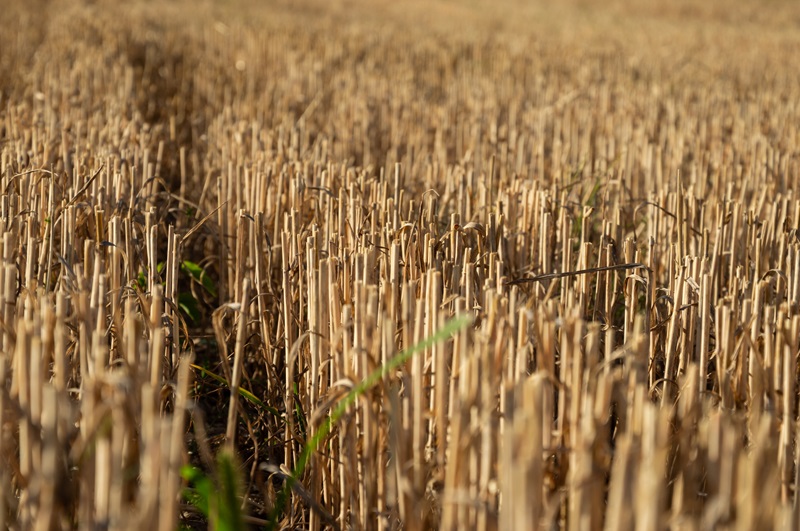
Soybeans
Soybeans go through a significant change in the fall. These leafy green plants, will turn yellow to a brown colour and will actually drop their leaves when fully grown. This exposes the soybean pods on the stems of soybean plants. Much like corn, this is a naturl process when the soybean plants are mature, and are “shutting down” or “drying out” ahead of harvest. You may also see a lot of harvest equipment this time of year– things like a combine that will harvest the fields, and tractors with wagons or grain trucks hauling the grains away from the fields.
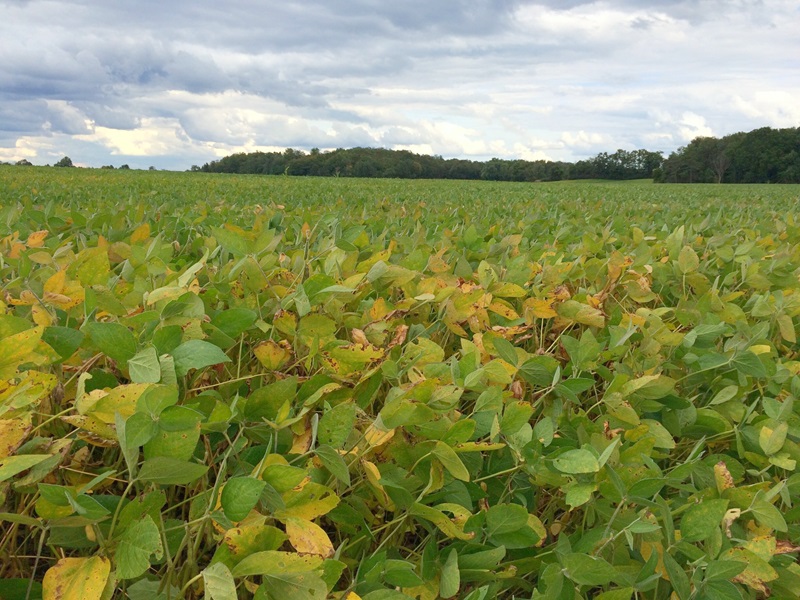
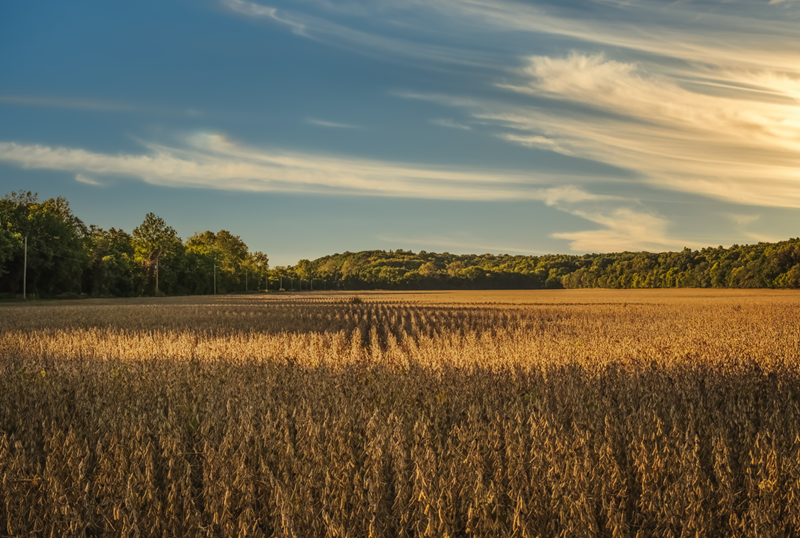
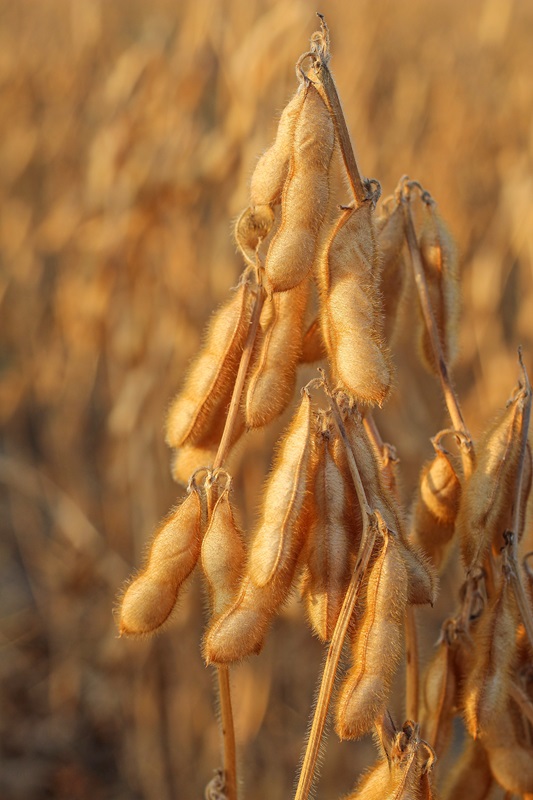
Wheat
Wheat goes through a few unique things in the fall! Wheat is harvested in the summer months across Ontario, and fields of wheat stuble can often be used the same way as the barley and oats fields: tilled or used to plant a cover crop into. But for farmers that grow winter wheat, they plant their wheat fields in the fall. Fall wheat fields will look like green seedlings growing in fields this time of year.
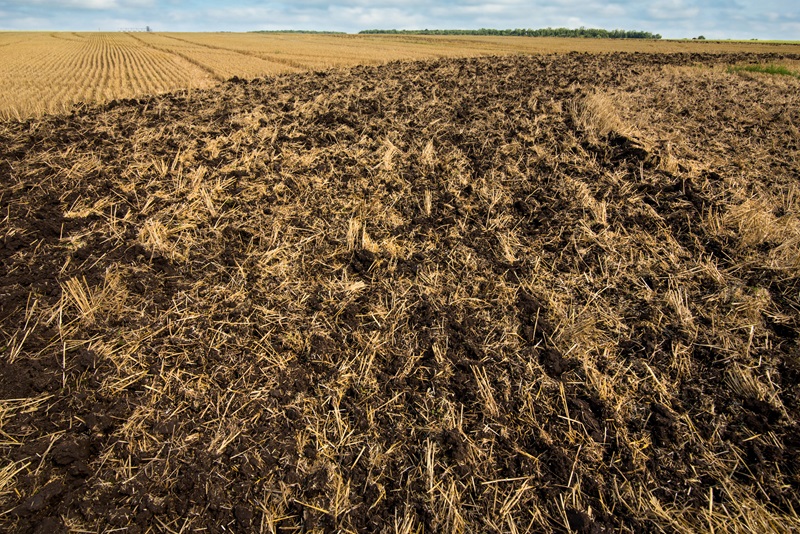
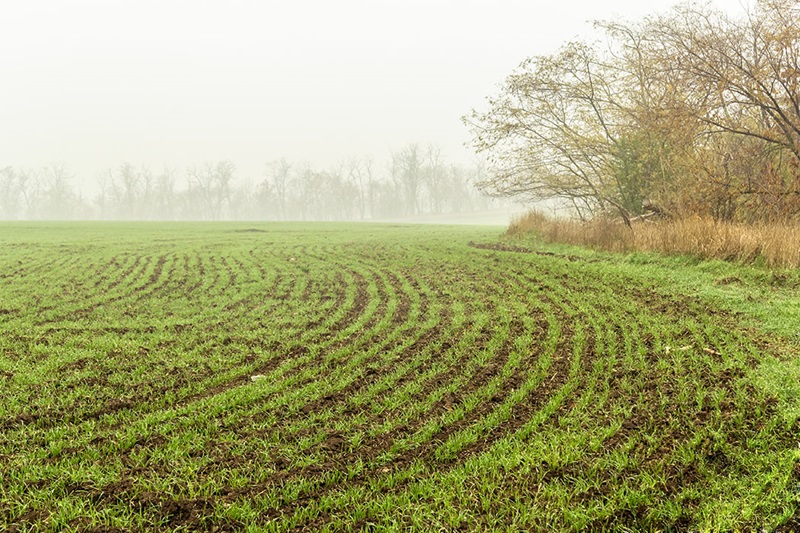
Because there is so much variability to Ontario grain farms, this is a short overview of what you may see driving around farmland this time of year. There is also a lot of field work done in the fall at the end of the grain growing season. Things like planting cover crops, applying nutrients, tillage, soil sampling, are some of the fall jobs that you may see in fields this fall.
